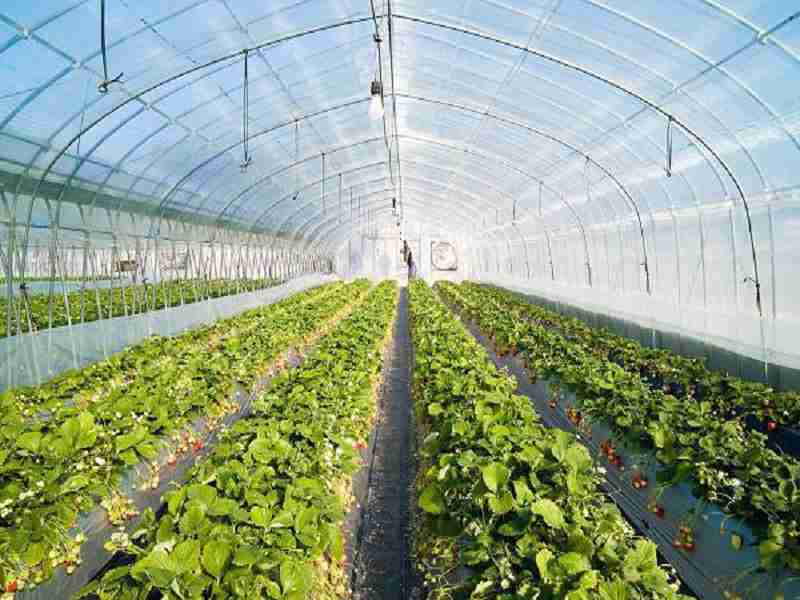Construction of a research greenhouse
In terms of application, greenhouses are placed in one of the research, educational, commercial and recreational categories, and in this article we explain the construction of a research greenhouse.
Greenhouses, which have provided special conditions for the growth of plants, are divided into different types based on various criteria such as application, appearance, type of cultivation, etc. All these spaces are placed in one of the research, educational, commercial and recreational categories in terms of use, which we will explain in the following about the construction of the research greenhouse. So stay with us.
What is a research greenhouse?
As you know, there is a single goal in the construction of all greenhouses, which is: "controlling the appropriate climatic conditions for each plant, such as temperature, humidity, amount of light, etc., for its growth in a place or time outside the normal rule".
For example, fruits such as raspberry or blueberry are not native to our country, and farmers must simulate their growing conditions in a greenhouse to grow them.
On the other hand, in addition to the common goal, each greenhouse is built to fulfill a specific plan. For example, they expect to make money from setting up a commercial greenhouse, make a training type for academic and training environments, etc.
As it is clear from the name of the research greenhouse, by building it, people are looking for the results of scientific and genetic experiments on plants, their survival or genetic modification.
In commercial greenhouses, the necessary conditions for plant growth are usually constant. But researchers sometimes try to discover new behavioral patterns of products by changing temperature, light, humidity and other important factors in research greenhouses.
Also, rare and endangered species are kept in these types of greenhouses or by changing their genetic structure, they will obtain new fruit or improve its quality.
The purpose of building a research greenhouse
In general, researchers pursue one or more of the following goals by building a research greenhouse:
- Analyzing plants and carrying out genetic modifications on them
- Identification of new species
- Preservation of rare species
- Imaging and scientific photography
- Making educational documentaries about the behavior of plants
Required mod equipment
Considering the use of research greenhouses, it seems necessary to equip them with all tools and equipment related to agriculture. It is even better to use intelligent agricultural systems to build a research greenhouse, in which the control of all the factors governing the interior space will be concentrated by means of sensitive sensors.
The most important equipment needed in this type of spaces are as follows:
- Precise heating and cooling systems without producing harmful gases
- Sensors sensitive to temperature and able to give voice, SMS or other warnings if the air balance is disturbed
- Drip and rain irrigation system
- Sensor sensitive to soil moisture and announcing the right time to water plants
- Fogger and sensor sensitive to humidity in the air
- Movable canopy
- Suitable natural and electric ventilation
- Special insect nets
- Spraying and fertilization system
- Special floors and trays for hydroponic or aeroponic cultivation
Cost
The construction of a research greenhouse, unlike the commercial type, usually requires a smaller area, which varies from 250 to 500 square meters in most cases. The cost of buying and renting land to set up this type of greenhouse may be lower than a commercial one, but equipping it requires more capital.
The necessity of the research greenhouse being smart and purchasing all available equipment for these cultivation spaces has made these greenhouses the most expensive type possible.

